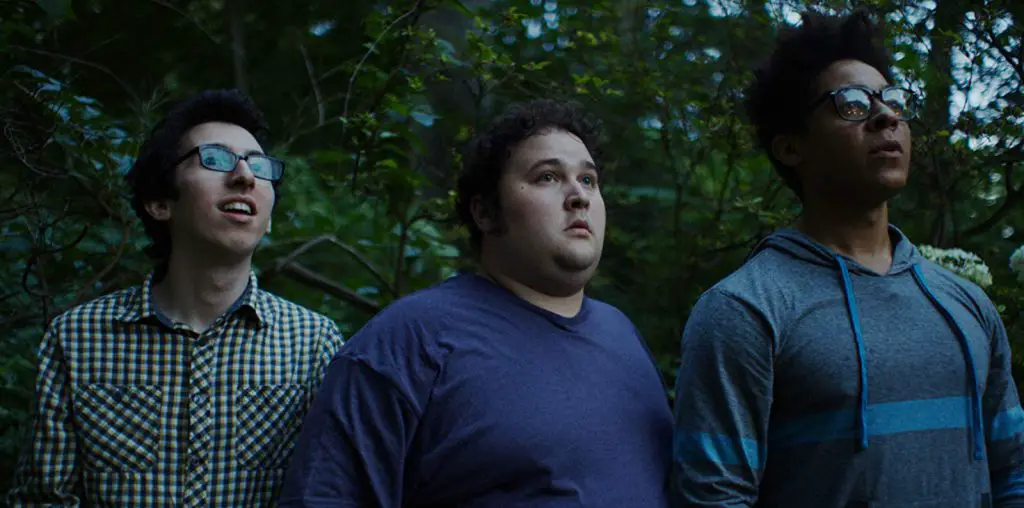
“Flooding” is a perfect example, for any aspiring filmmaker, of the importance of pre-production. Just because you can get the money, the equipment, the script, the actors, and the crew doesn’t mean that you’re ready to shoot. I’ll explain later.
After local gangs kill Joyce Colloway’s (Brenna Gibson) husband at a local carnival, apparently by accident, Joyce falls into the depths of depression and develops a serious case of agoraphobia. Her friends and family try to encourage her to meet new people, and leave the house. After all, it’s already been a WHOLE six months since her husband’s death. Plus, Joyce’s parents have just sold her house, and want her out ASAP. Sounds like the normal loving family. In order to kindly help her, they enlist a new psychologist to ease her out of her illness, and out of the newly-sold house. Hank Thornton (Greg Fawcett) comes at the end of a long line of psychiatrists who have tried to help Joyce with her agoraphobia, but have failed. Hank’s going to try a new method of psychology that hasn’t been used by the others. He’s going to be an aggressive and unrealistic shrink.
With the encouragement from her friend Evelyn (Lauren Bailey), Joyce has also begun to look up the personal section in her newspaper for bachelors. She limits the possible candidates to those who wouldn’t mind spending the entire date inside her house. Luckily, the ones that are left are all handsome. The plot thickens when one of her dates becomes suspected of murder. Yadda, yadda, yadda, the plot unfolds and thickens until all is revealed. Who’s the killer? Who cares?
Back to pre-production problem, which is essentially, I think, why this movie never lives up to the interesting beginning. The problems with Todd Portugal’s movie are too numerous to list, but I’ll focus only on pre-production. First of all, watch your step when walking around the plot; there are many holes to fall through. The first rule of writing is re-writing. Rule Number Two: if you have to explain plot points by getting close-ups of newspapers and out-of-place narration, then go back and start over. Rule number three, when discussing the “look” of your film with the cinematographer, make sure you can achieve a style above the level of mundane. And finally, spend as much time on casting as needed; never settle for the best of the worst. A bad film might be tolerable if the acting is good (look what it did for “Boys Don’t Cry”).
